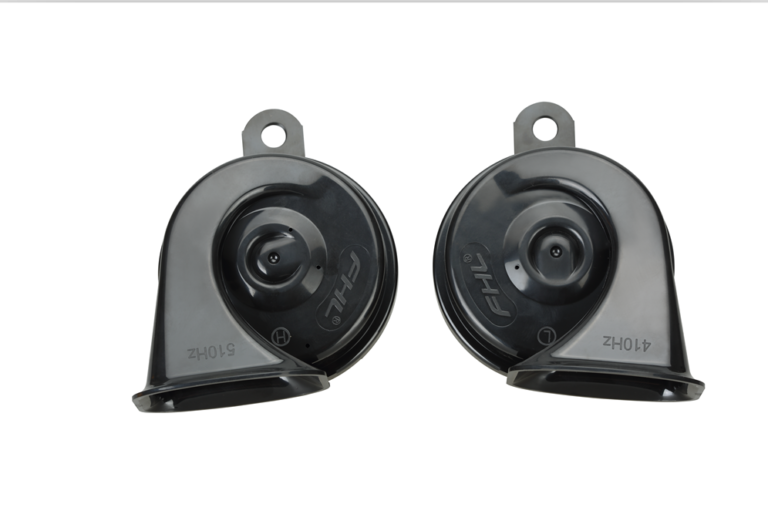Choosing the right horn sound is critical as excessive volume can cause distraction and legal issues, impacting safety and community peace.
Excessively loud car horns can lead to hearing damage, legal consequences, and disturb communities. This article explores the balance needed between being heard and being considerate.
Continue reading to understand the importance of choosing the right horn volume for safety and compliance.
Legal Limits on Car Horn Volume
In many regions, the law specifies maximum allowable decibel levels for car horns to prevent noise pollution and ensure public safety. These decibel restrictions are enforced by local authorities and can vary by location. Non-compliance with these noise regulations can lead to legal penalties, which might include fines or citations. It's crucial for vehicle owners and manufacturers to adhere to these local ordinances to avoid legal repercussions.
Safety Implications of Excessively Loud Horns
While car horns are a vital safety feature, excessively loud horns can pose significant risks. High-volume horns can cause hearing damage to pedestrians and other drivers, especially in dense urban environments. Furthermore, loud horns may lead to driver distraction and could potentially increase accident risk rather than prevent it. Manufacturers and drivers should consider these safety implications when choosing horn systems.
Community Impact of Loud Horns
Loud car horns do not just affect drivers; they impact entire communities. Excessive horn noise contributes to noise pollution, disrupting the peace in residential and urban areas. This disturbance can lead to numerous community complaints and degrade the overall quality of life. Balancing the need for audible horns with community peace is a challenge for urban planners and vehicle manufacturers.
Comparison of Car Horn Volumes by Type
Different types of car horns produce varying levels of sound. Electric horns are generally used in smaller vehicles and are designed to be loud enough to alert other drivers without being overbearing. Air horns, typically found in larger vehicles like trucks, are naturally louder and more penetrating. Truck horns can be particularly disruptive due to their intense sound intensity. Manufacturers must carefully consider the application of each horn type to prevent excessive noise.
Technological Solutions to Control Horn Volume
Advancements in technology offer solutions to manage horn volume effectively. Adjustable volume horns allow drivers to alter the sound level based on the driving environment. Smart horns equipped with noise-sensitive technology can automatically adjust their volume in response to ambient noise levels. These innovations help balance the need for safety with community and legal considerations, ensuring horns are loud enough to be effective without being a nuisance.
In conclusion, while car horns are essential for driver safety, their volume must be regulated to avoid adverse effects on hearing, legality, and community peace.


